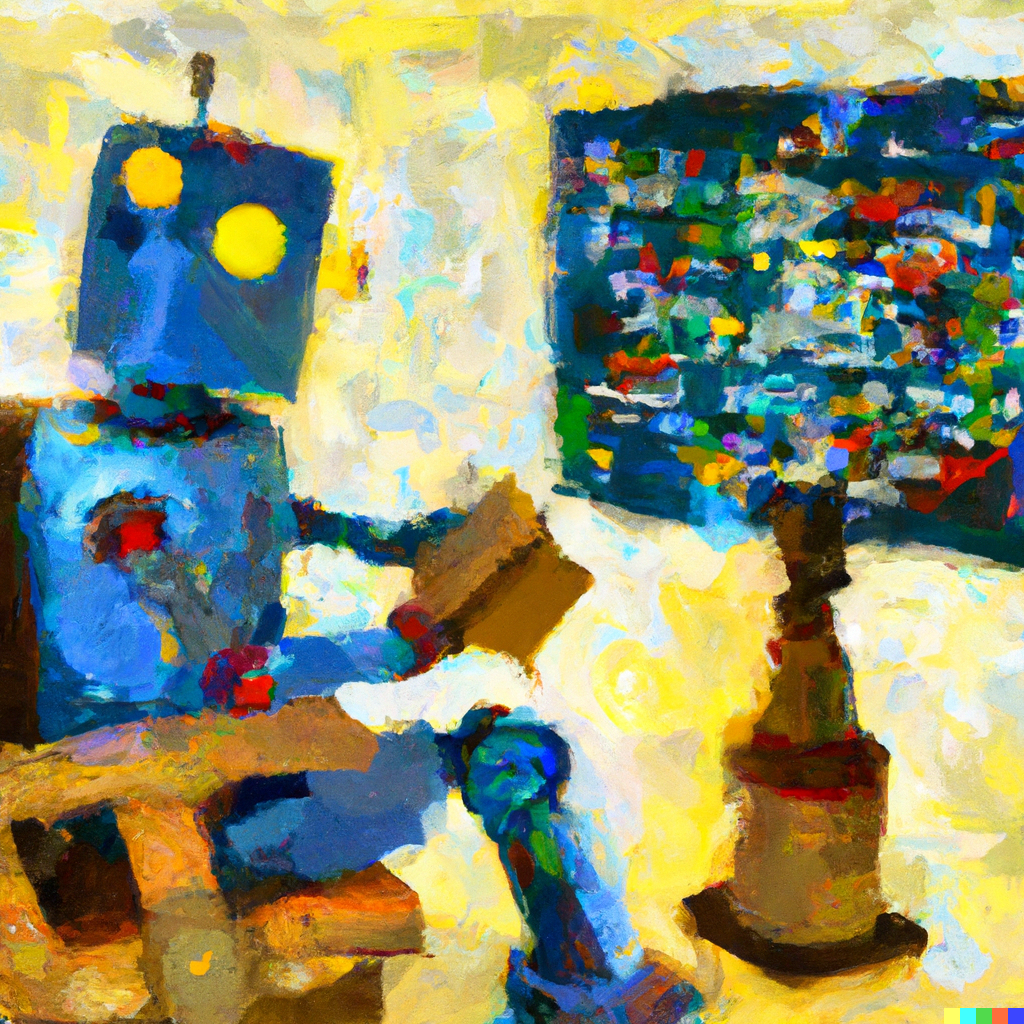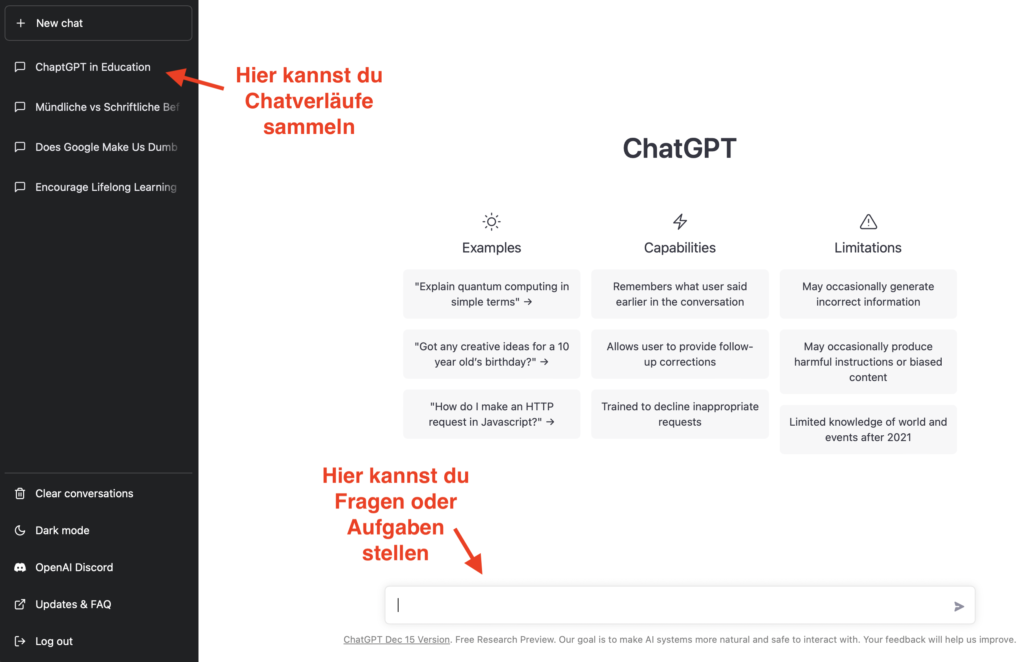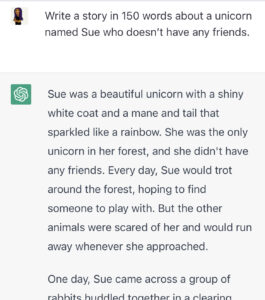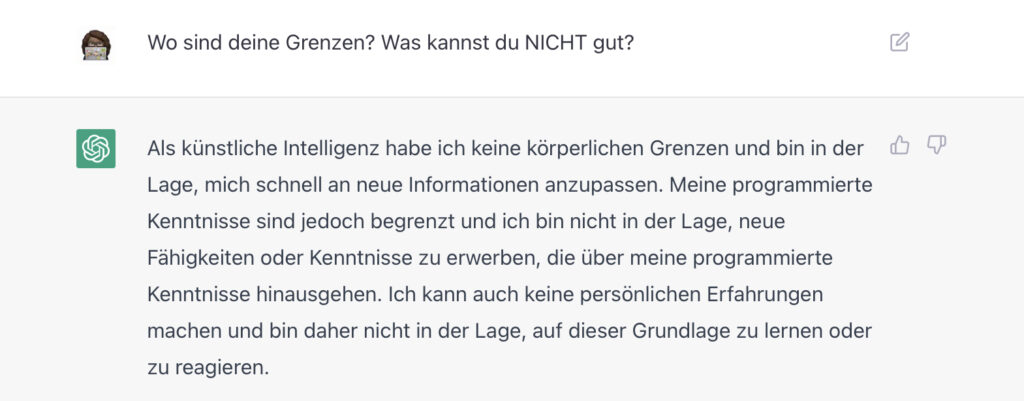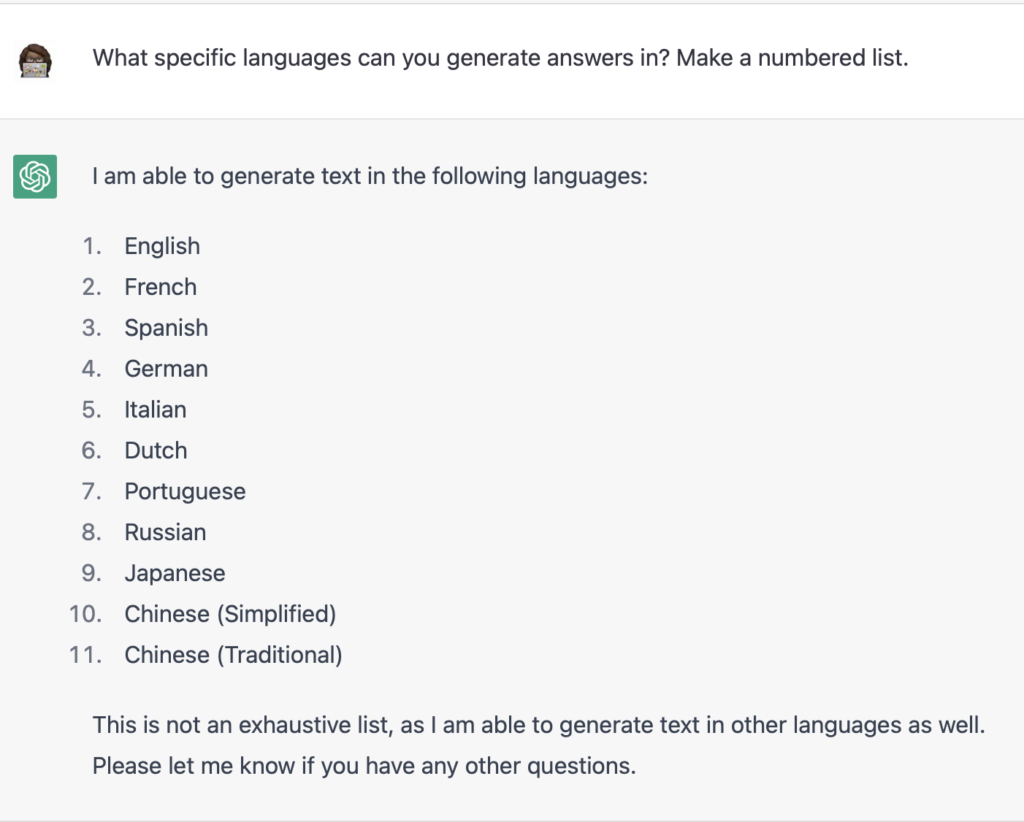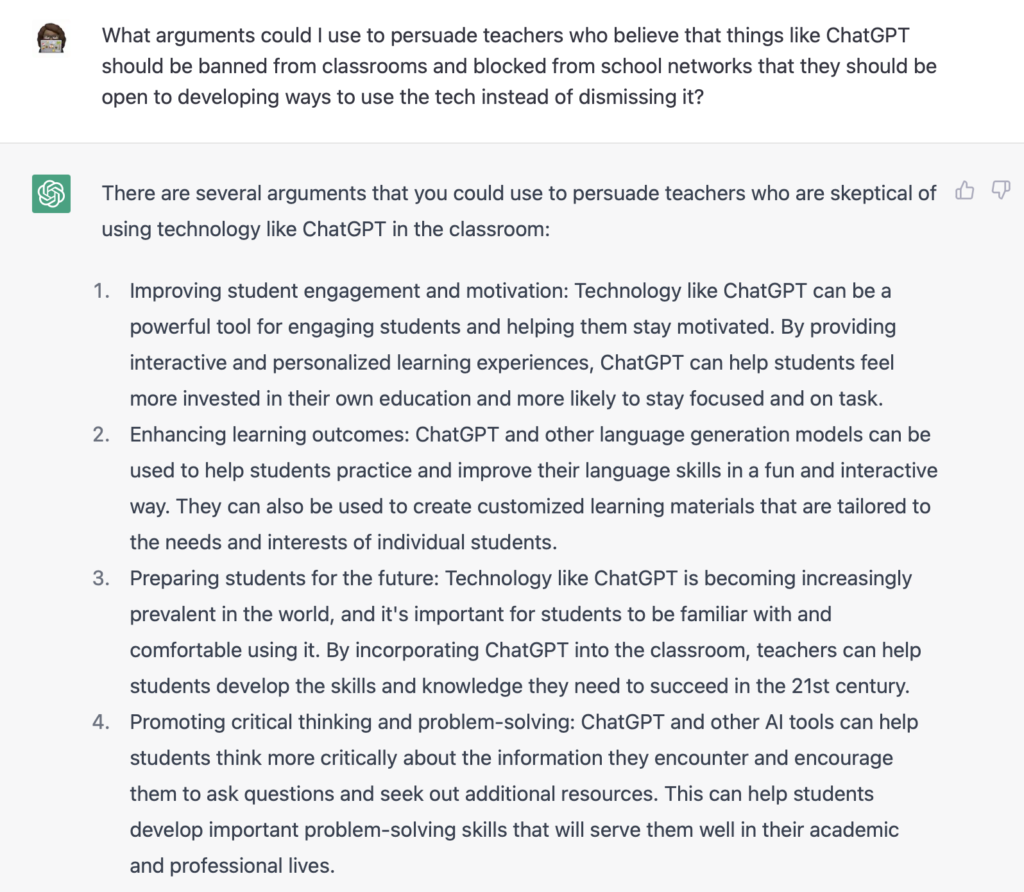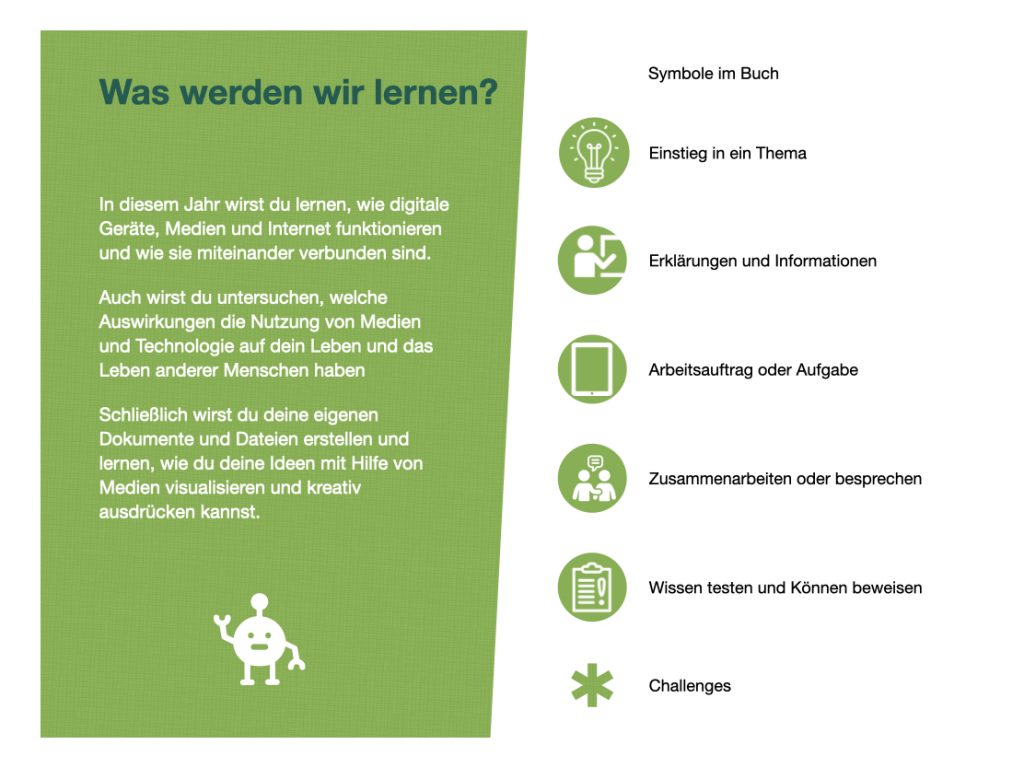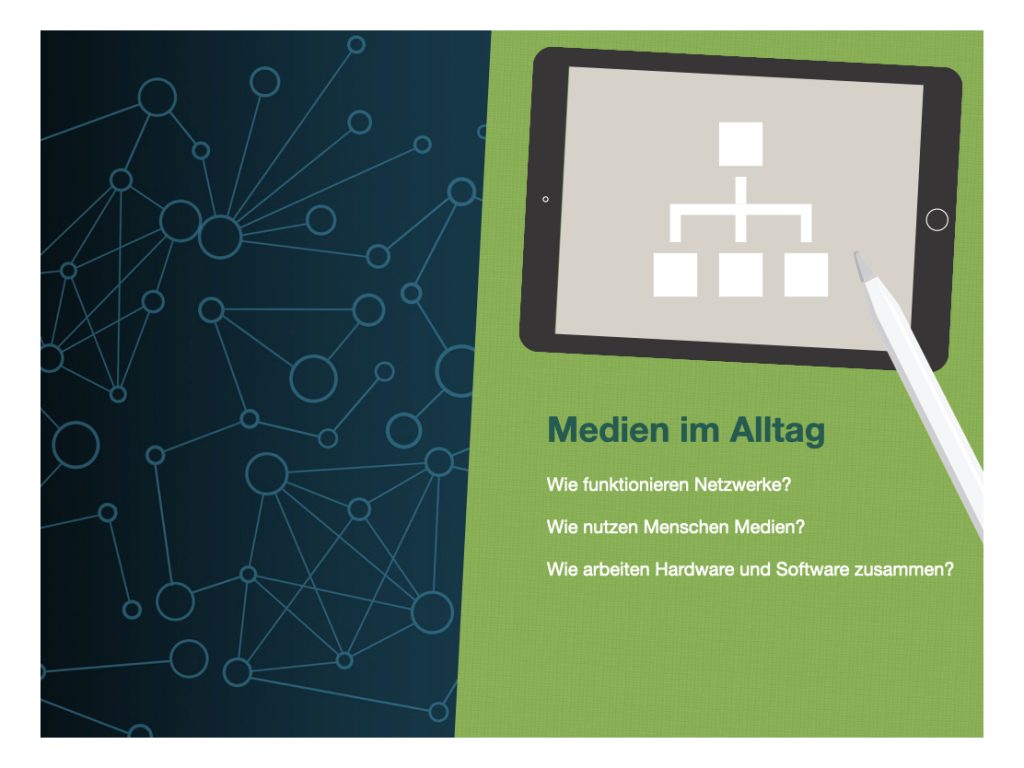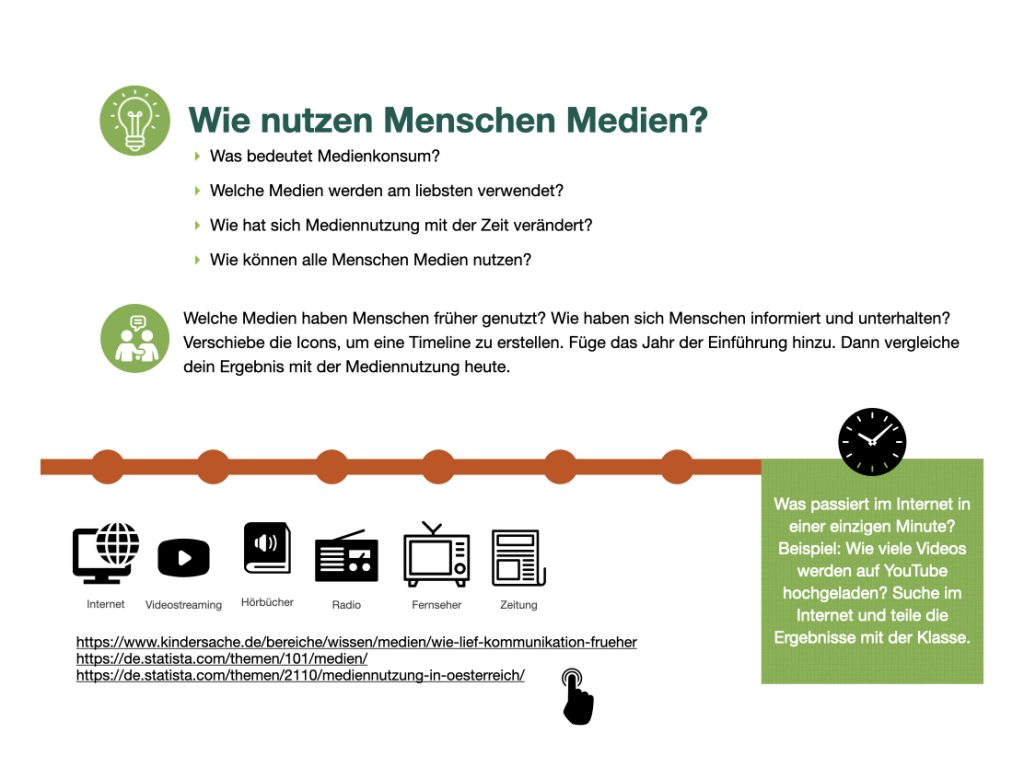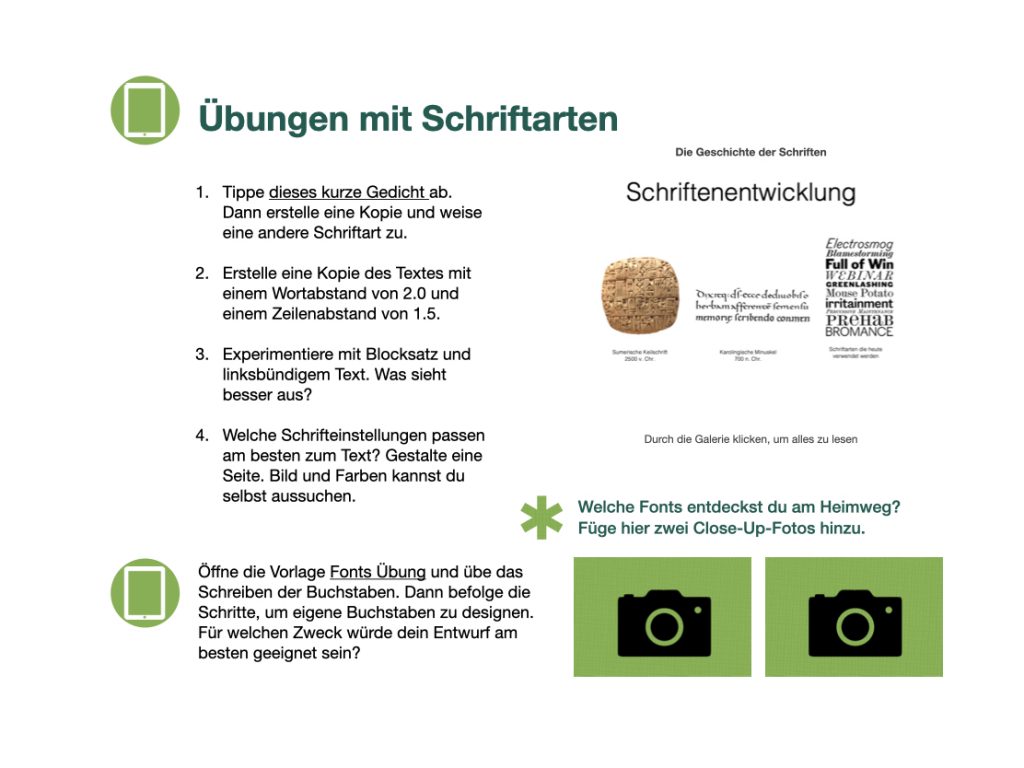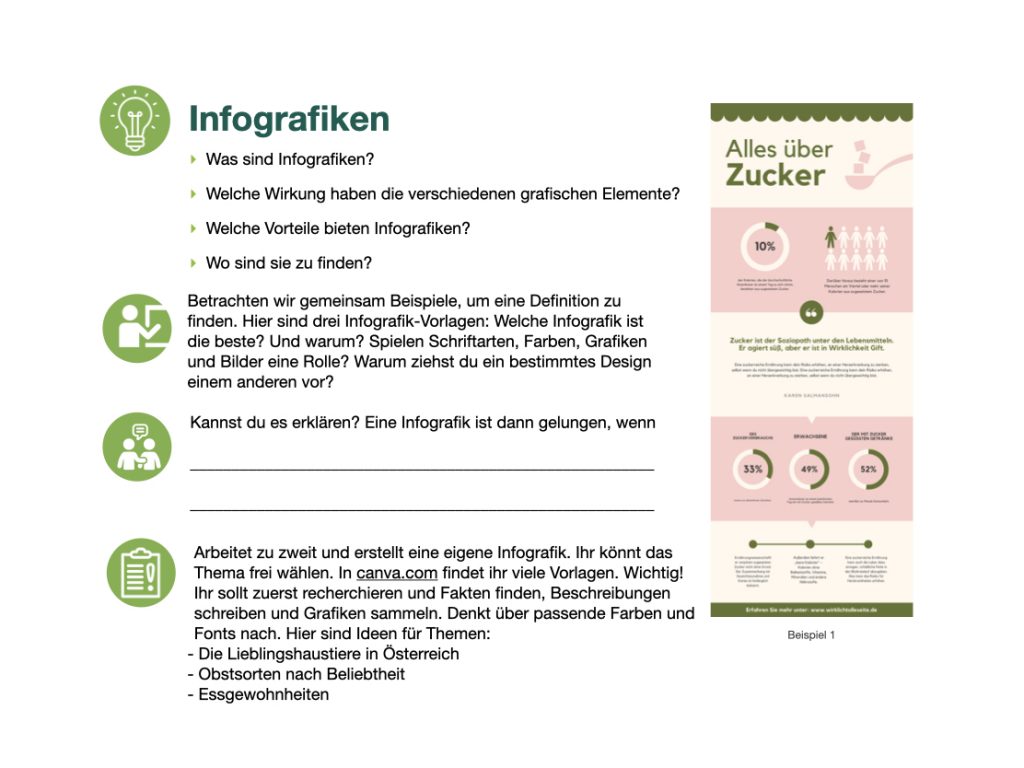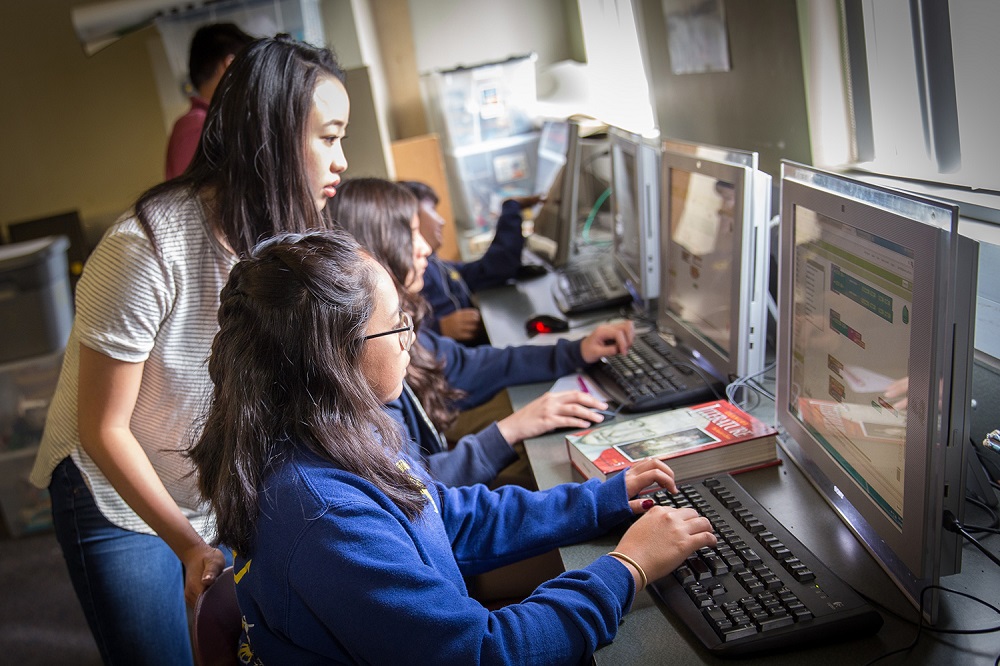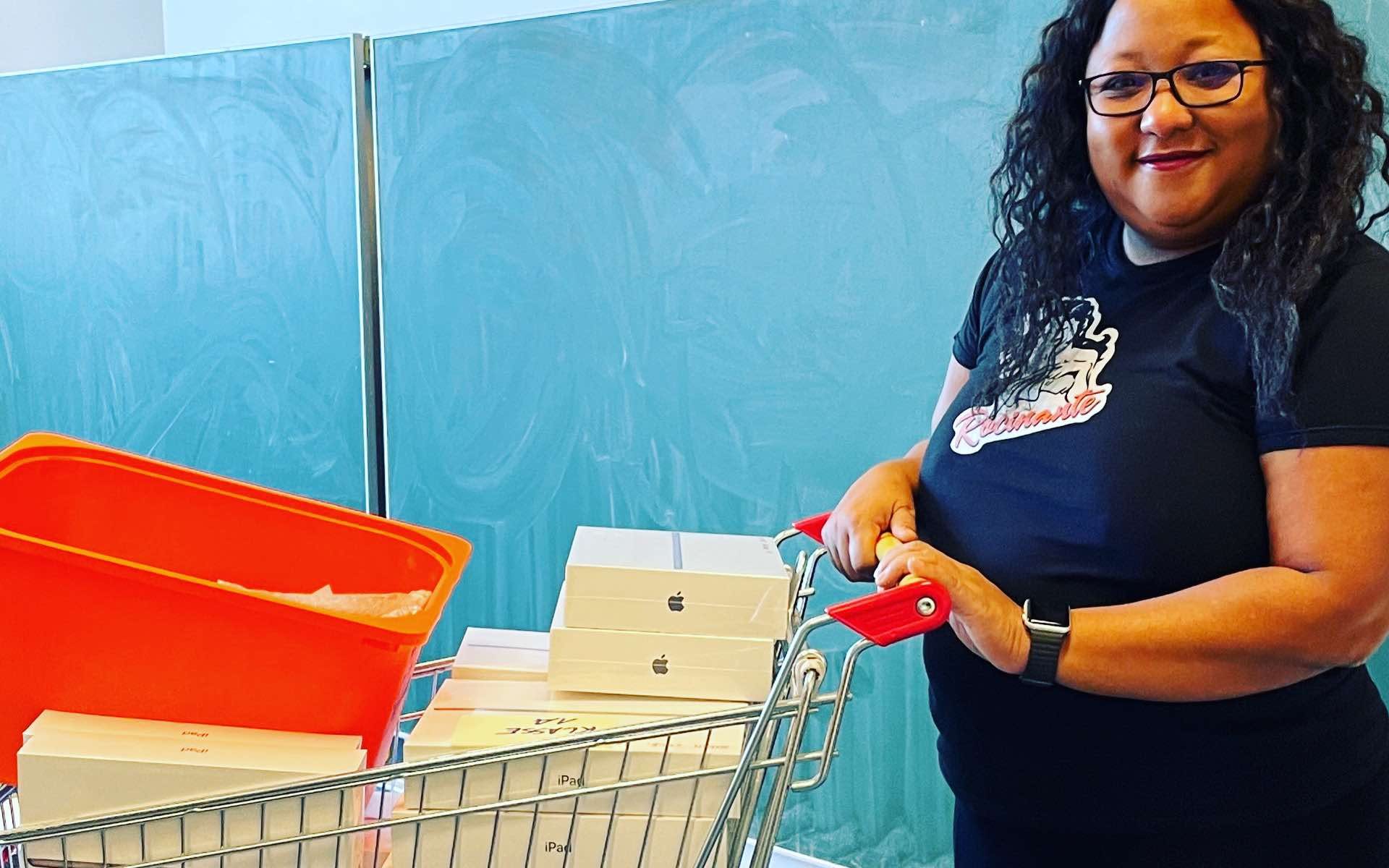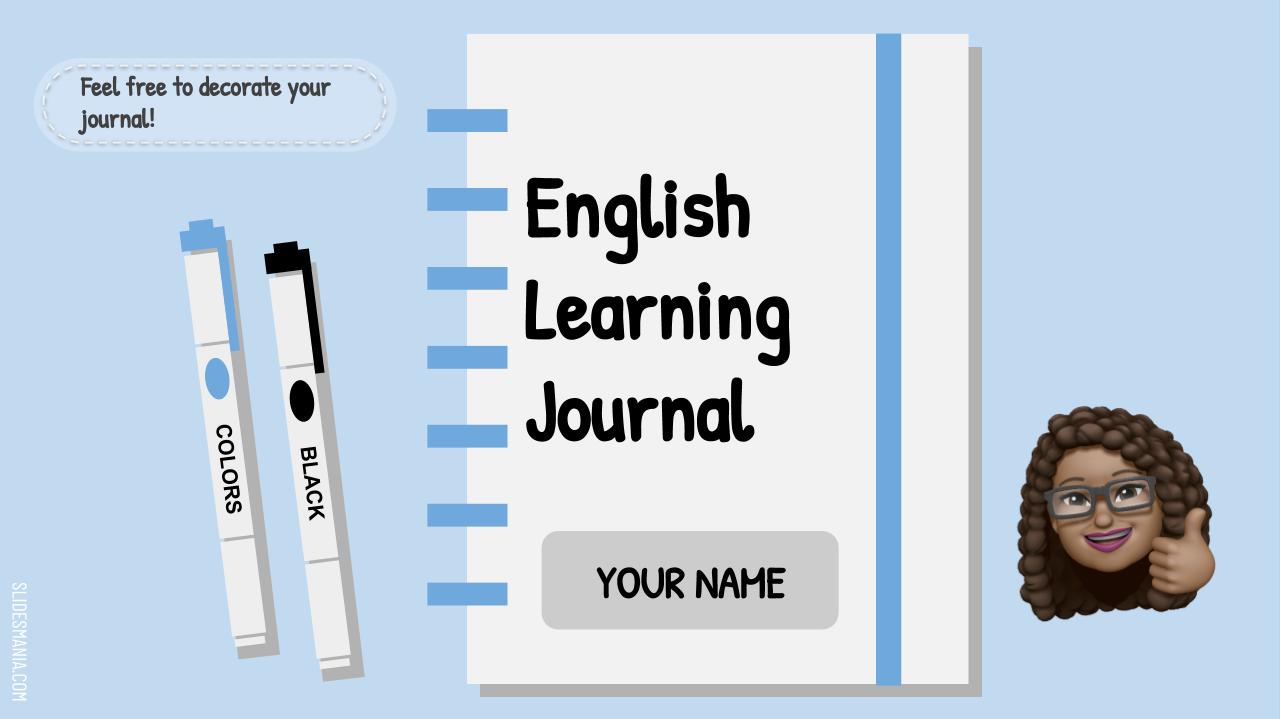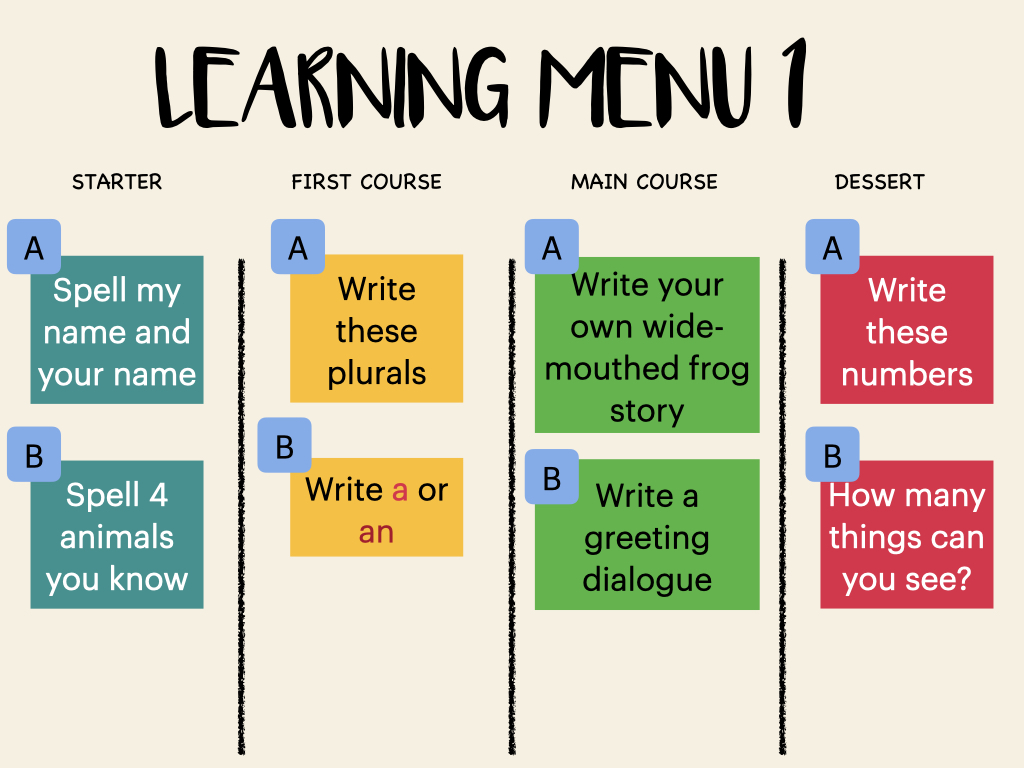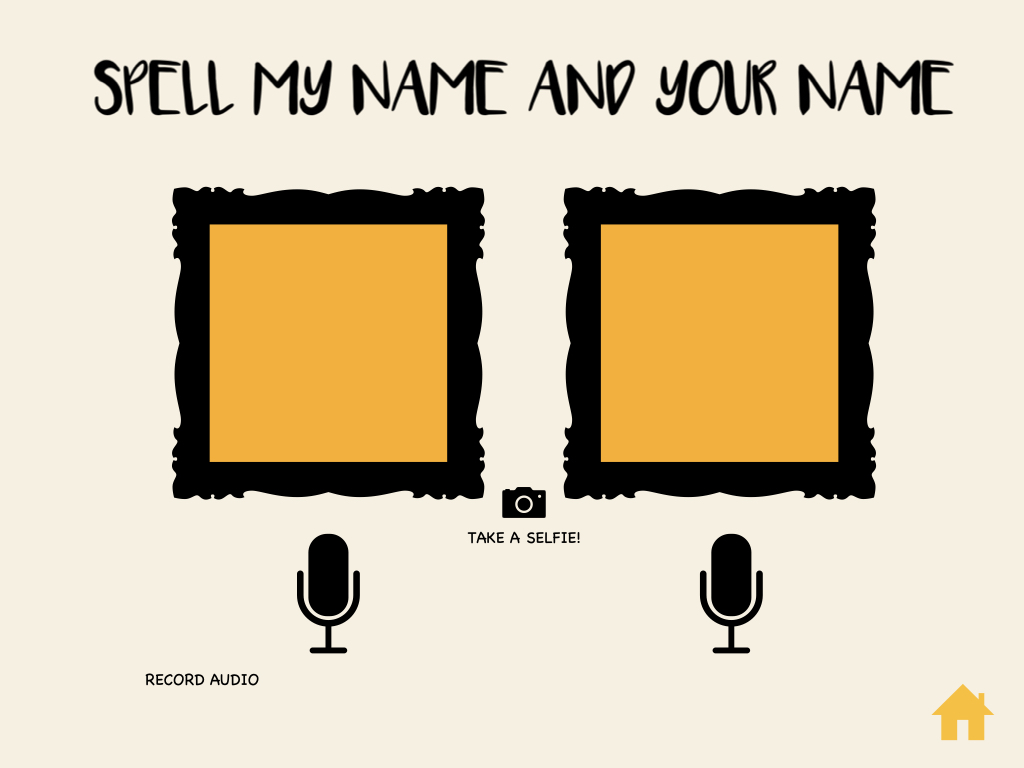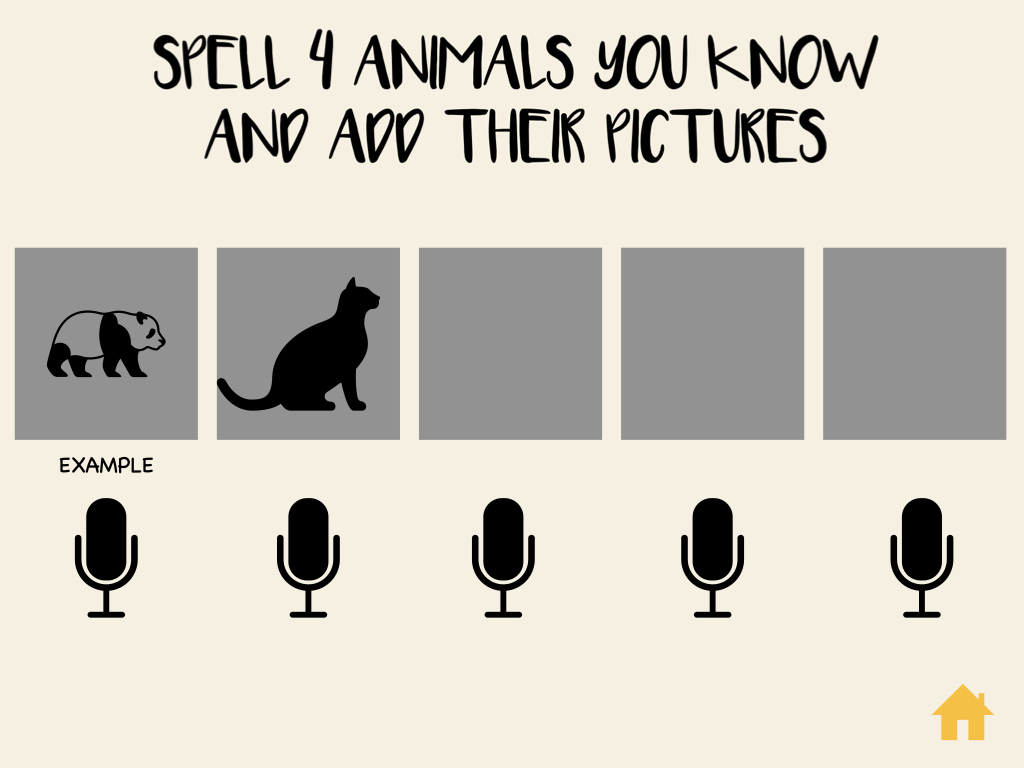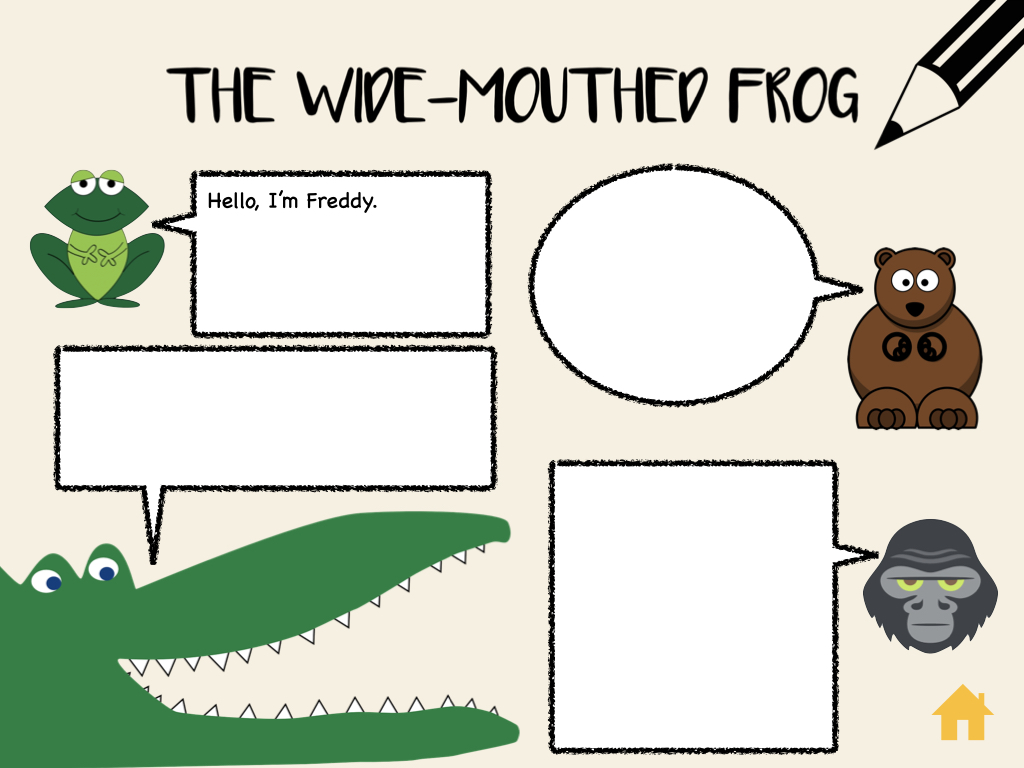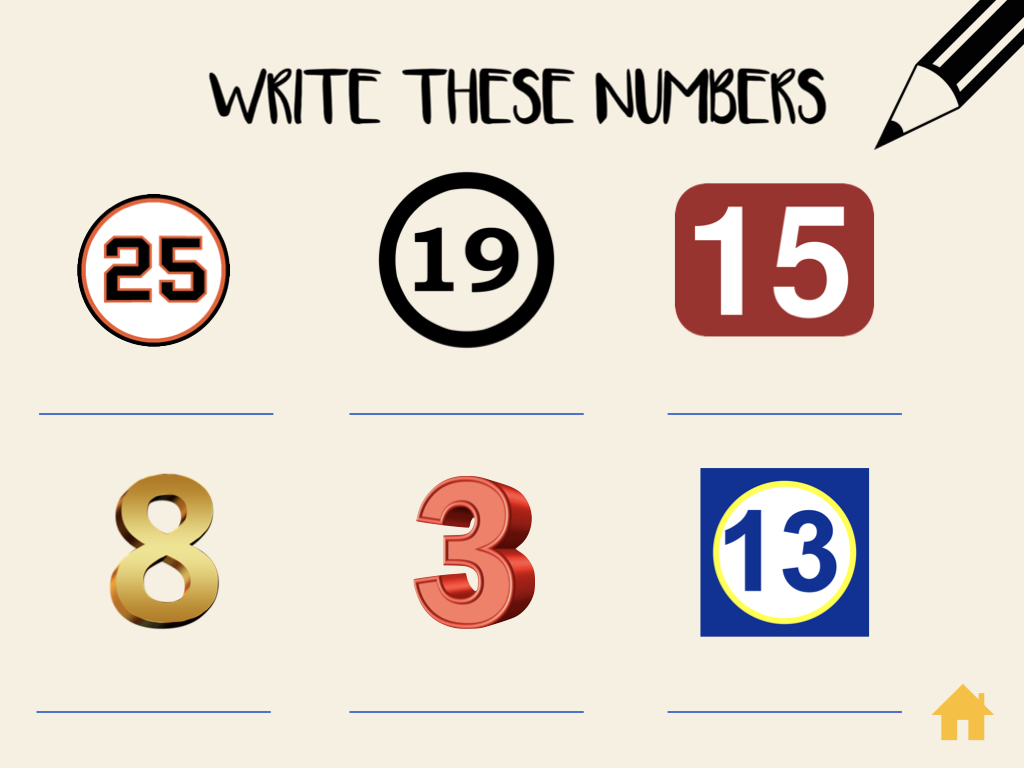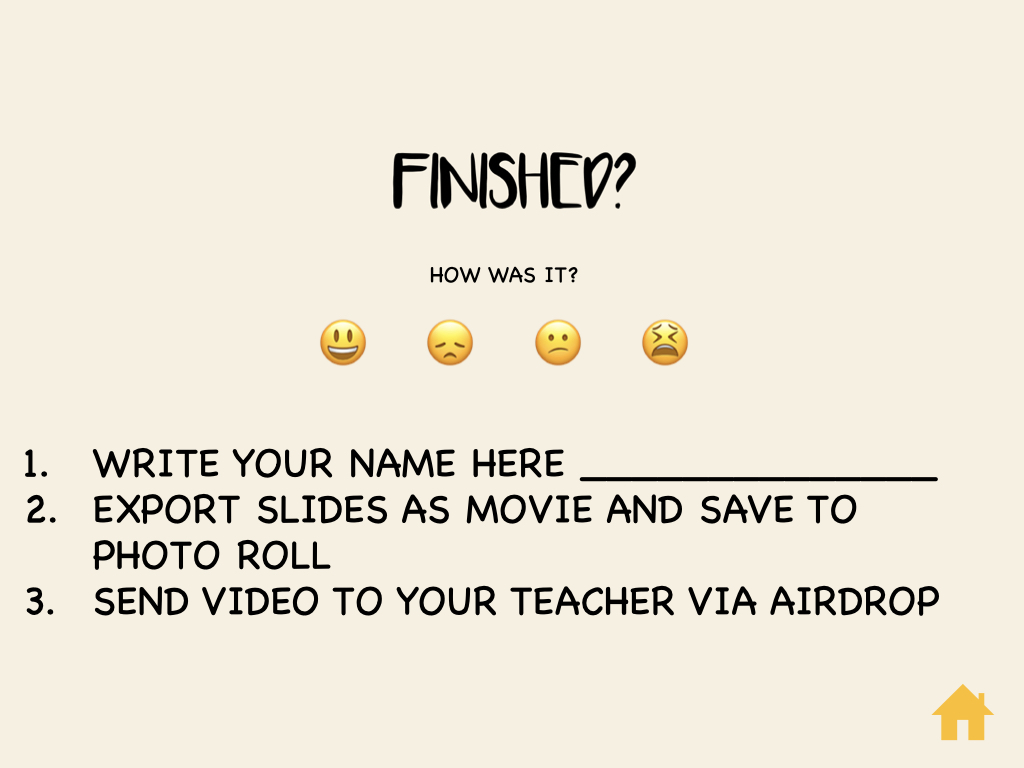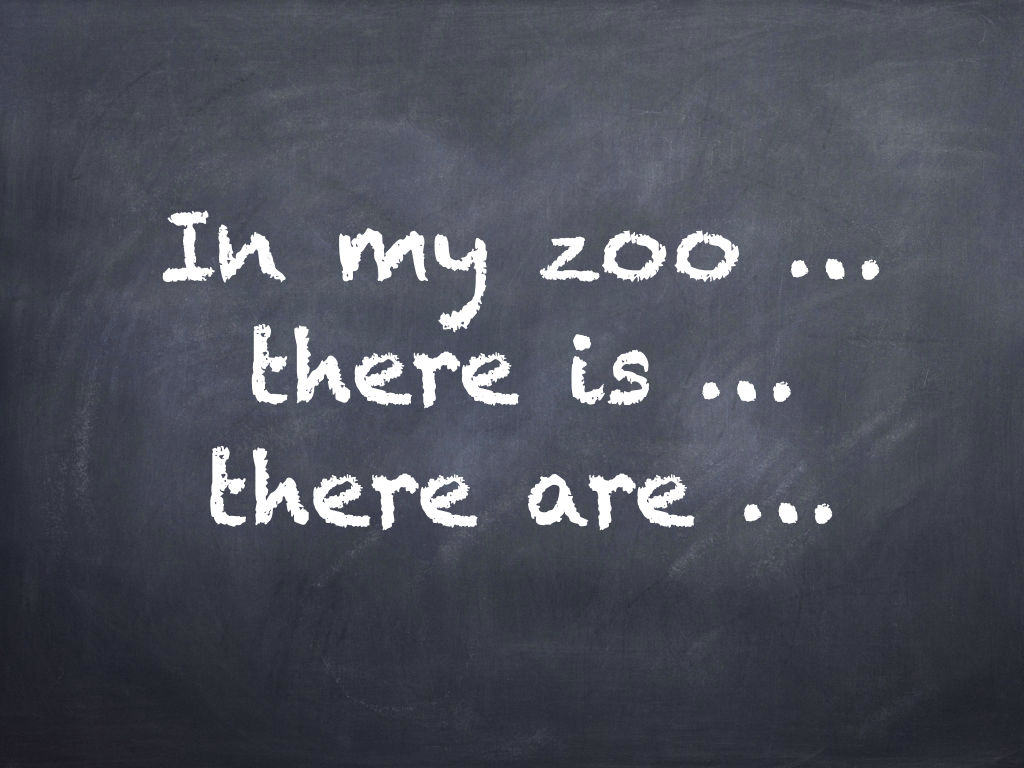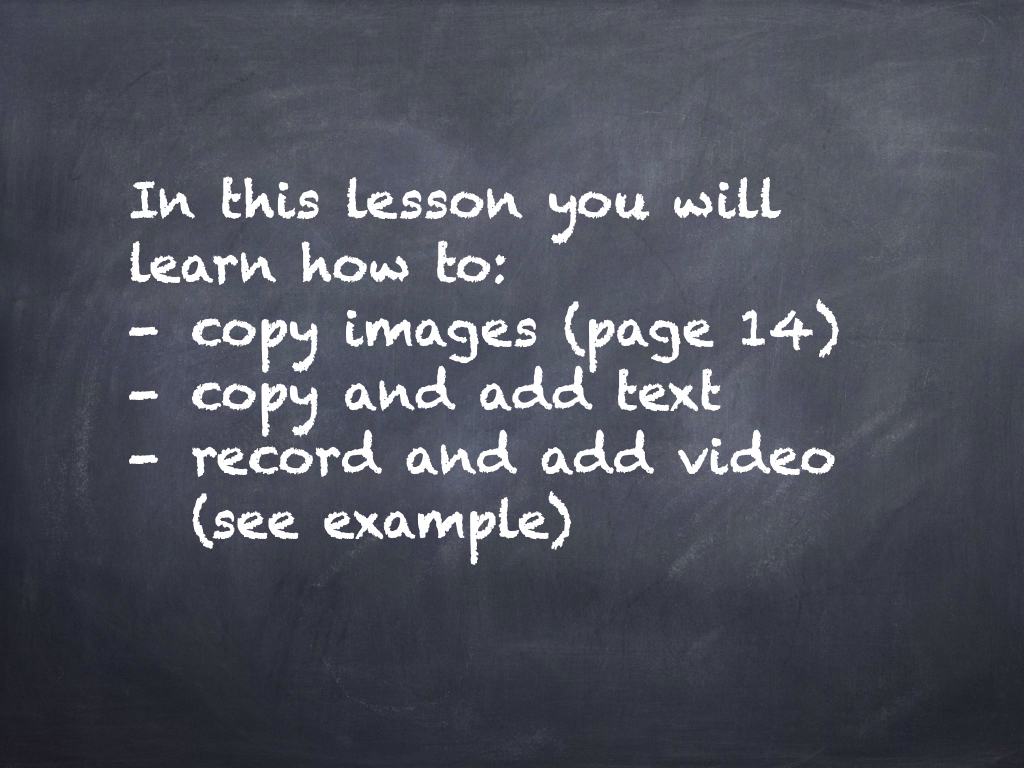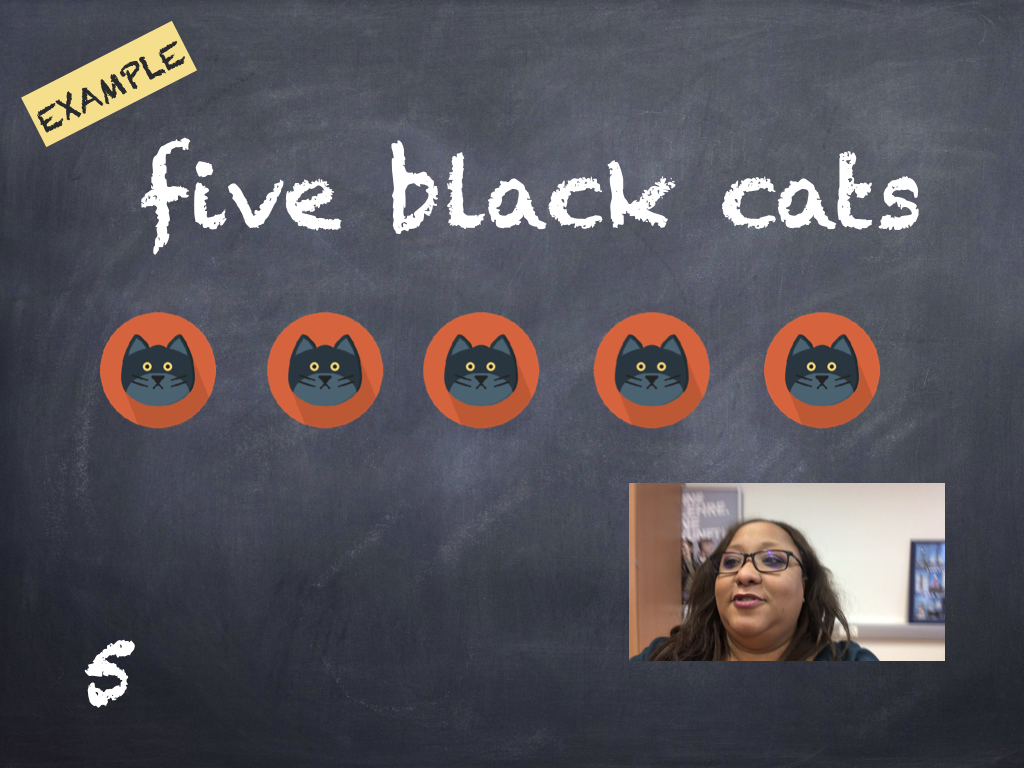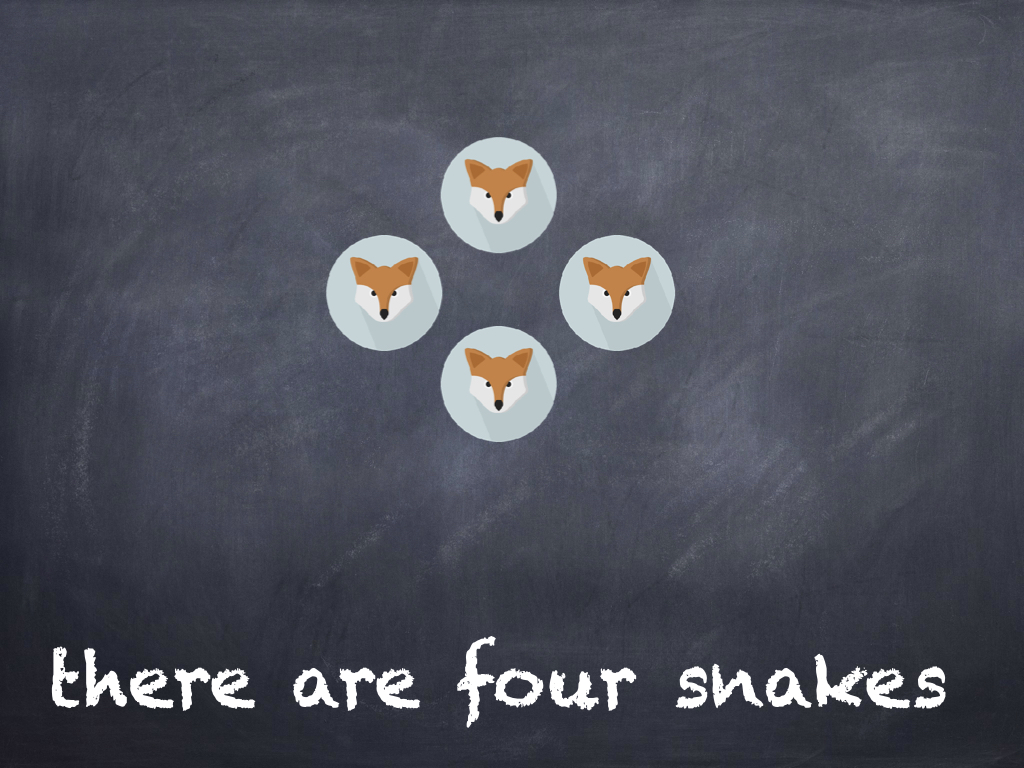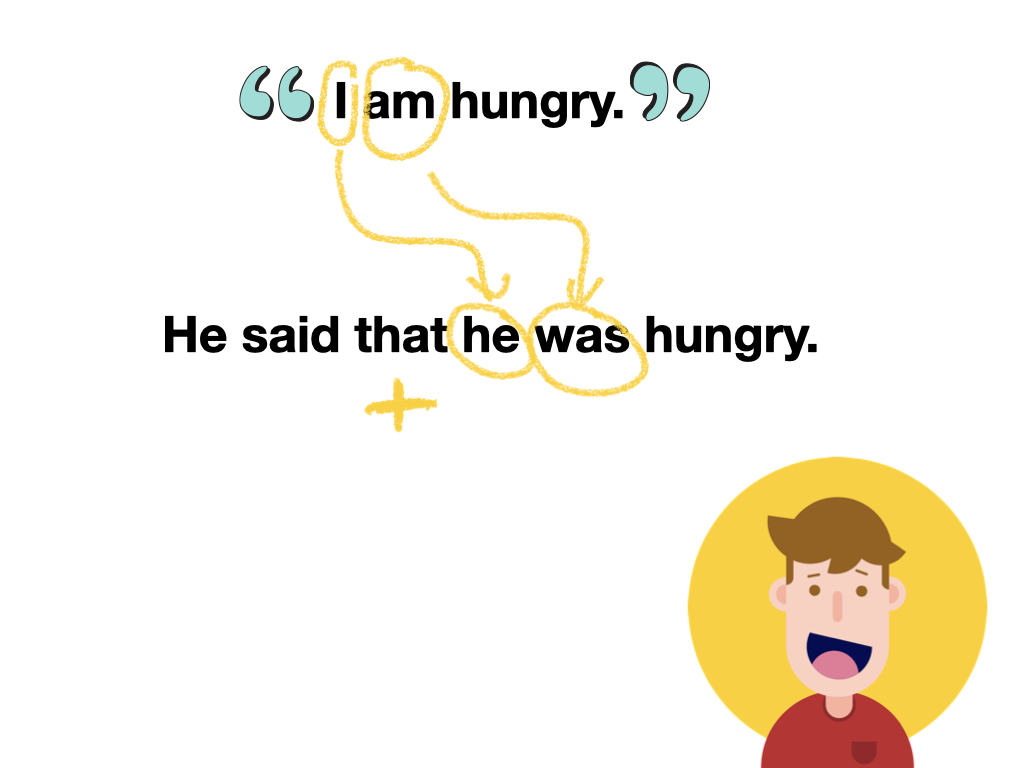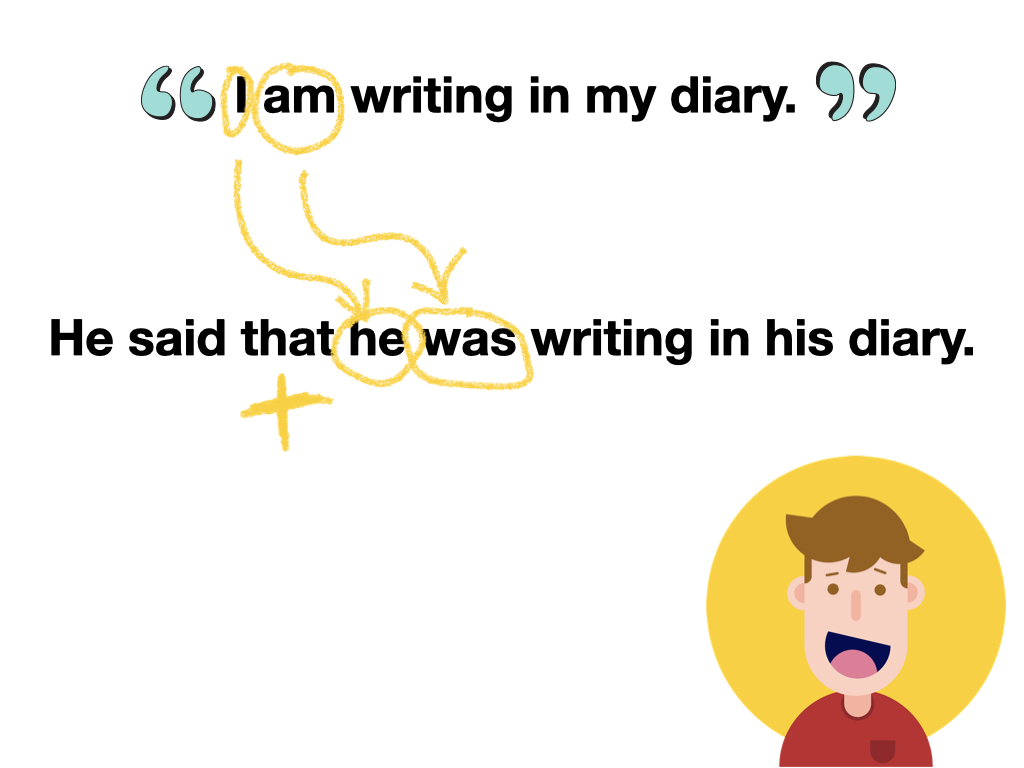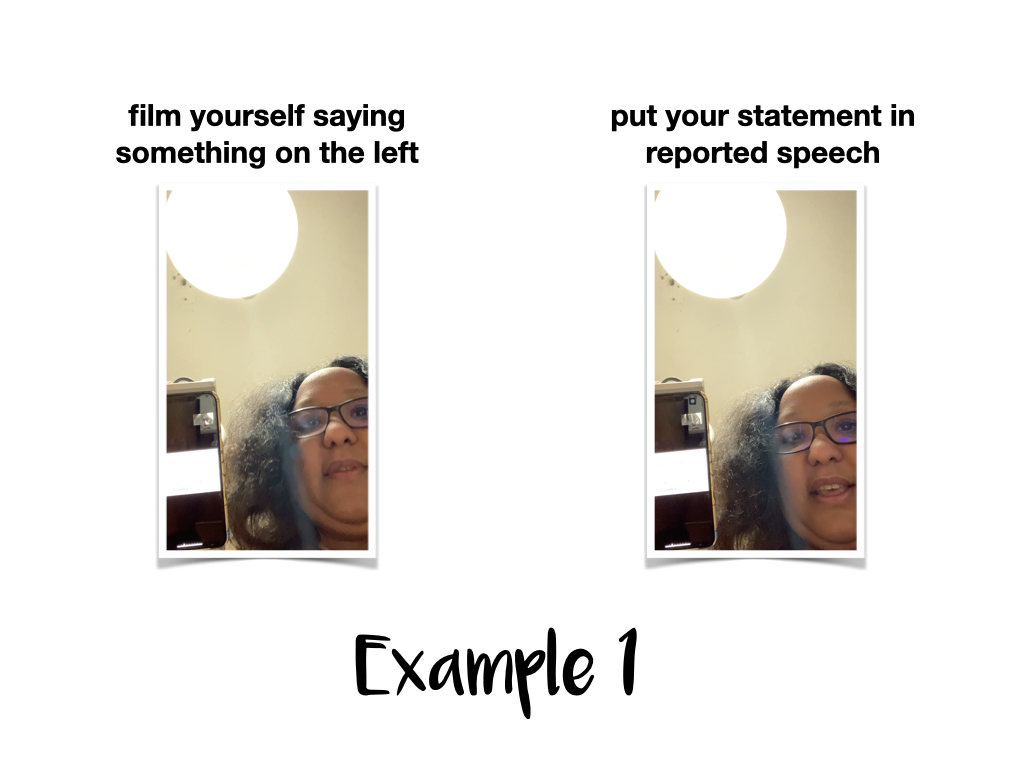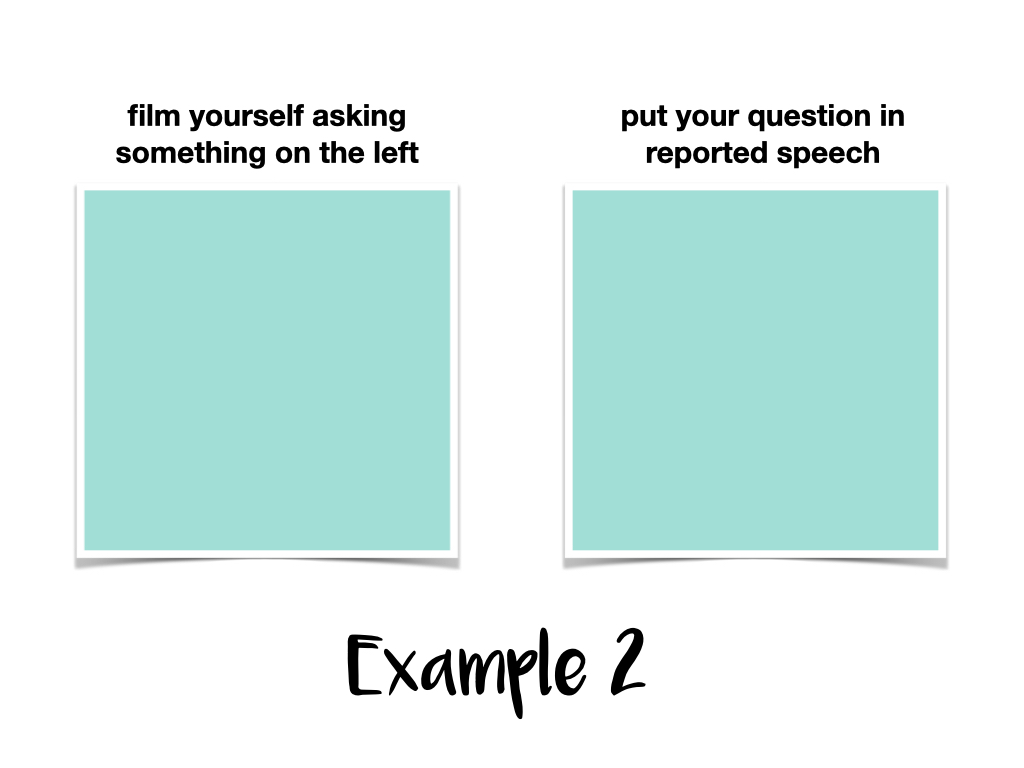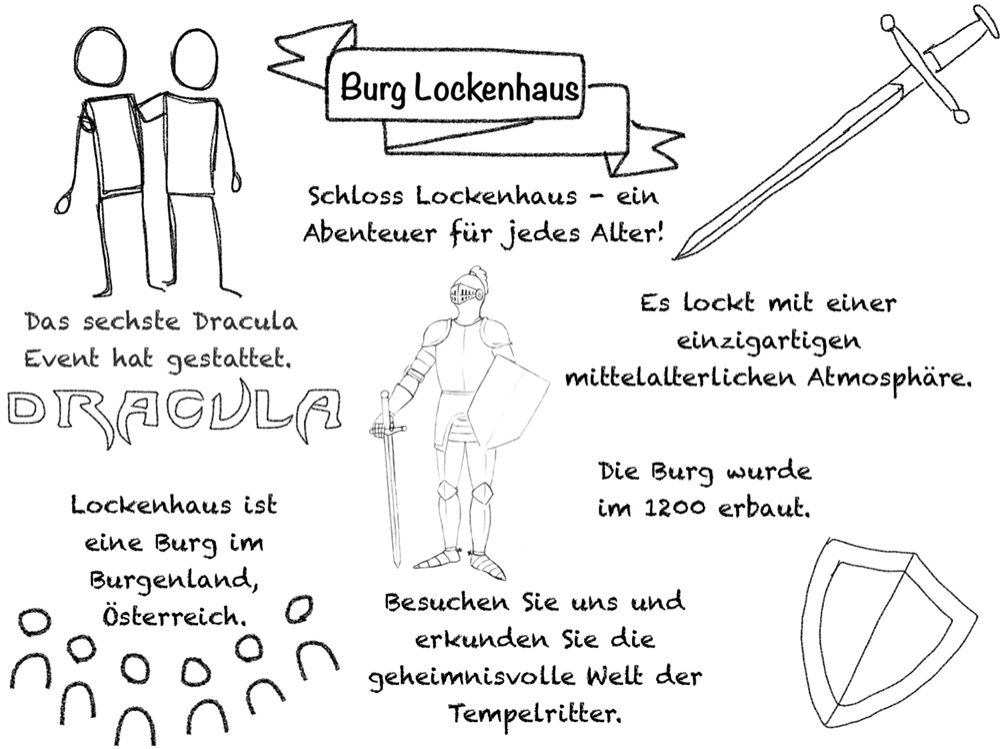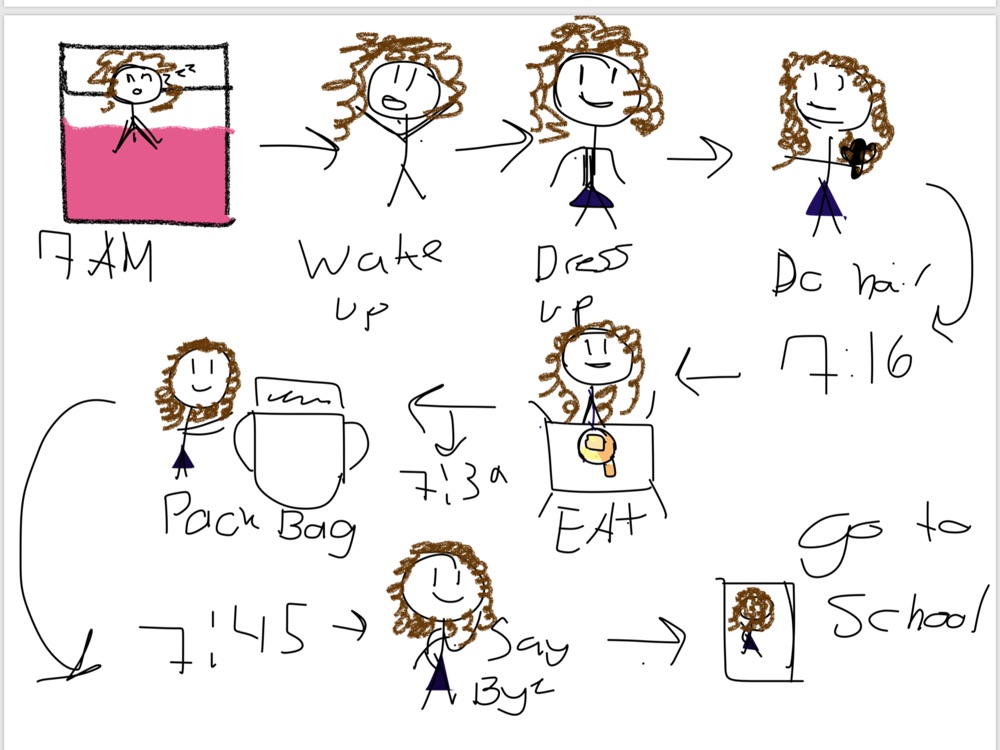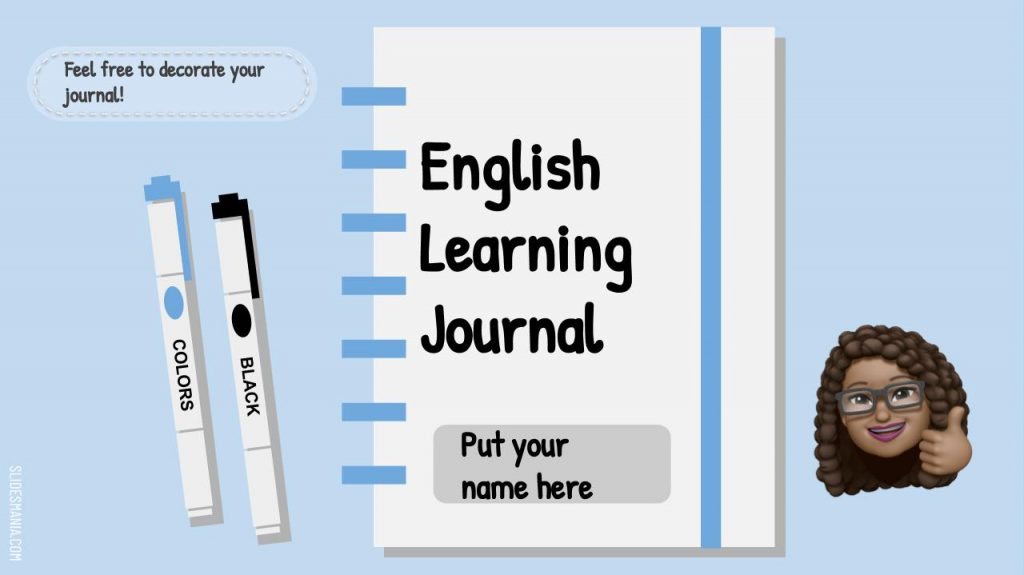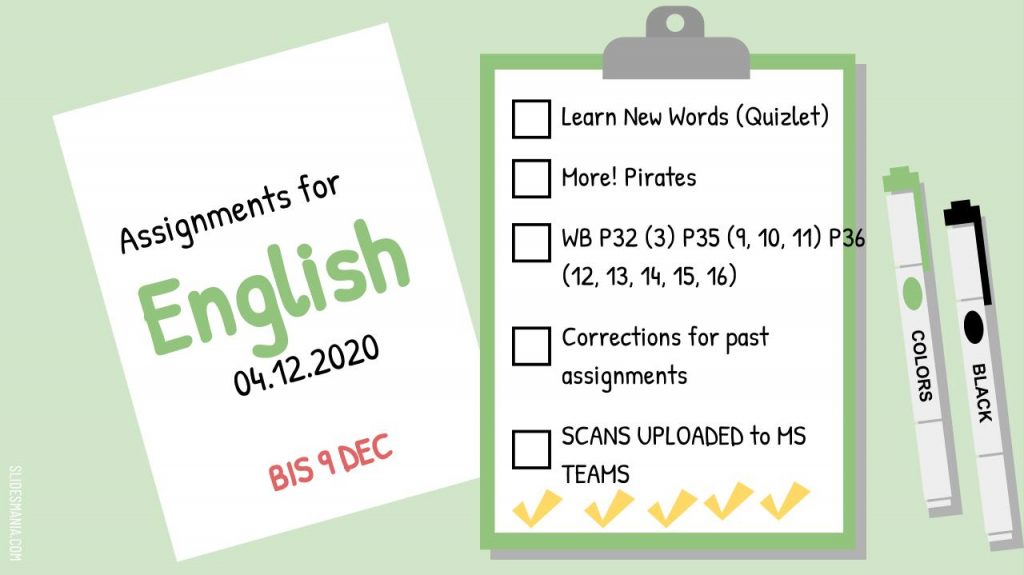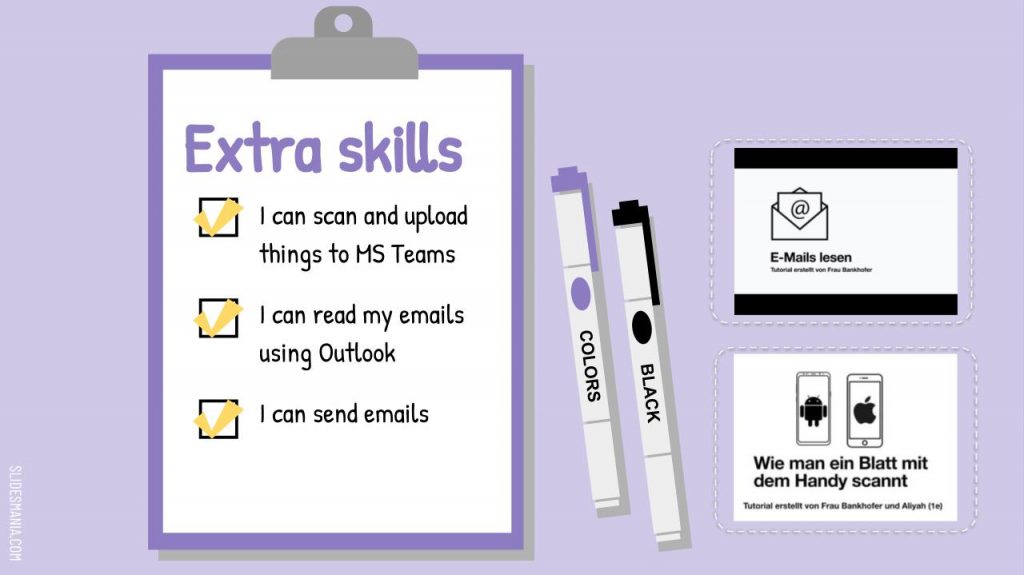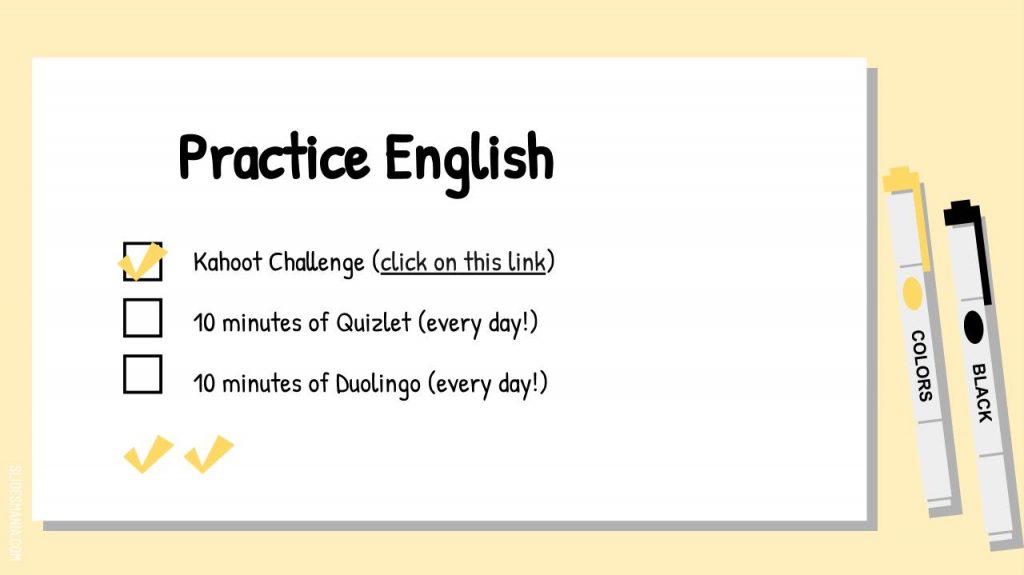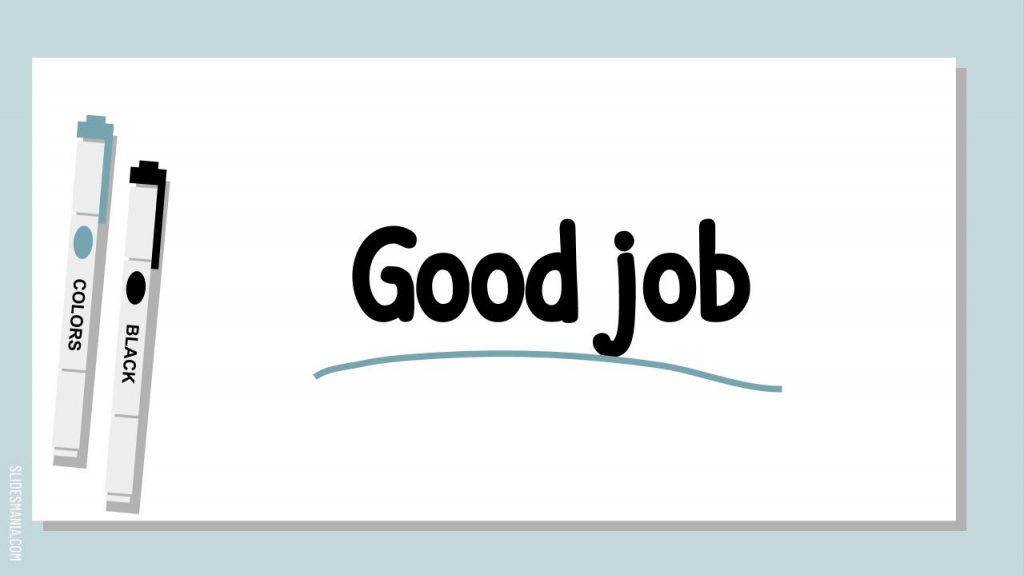ChatGPT genießt derzeit eine hohe Aufmerksamkeit in Online-Foren, Medien und auch für Entscheidungsträger in den Schulen. Wer die Entwicklungen, den Diskurs und die Berichte verfolgt, mag schon genug vom Thema gehört haben. Haben wir nicht andere Prioritäten, Herausforderungen und dringende Anliegen im Bildungssystem? Natürlich. Dennoch ist das Thema ist wichtig und dringend. KI ist da und geht nicht mehr weg. ChatGPT wird sich weiterentwickeln. Konkurrenten werden kommen. Zeit, zum produktiven Handeln überzugehen. Lassen wir uns Strategien, die wir für den eigenen Unterricht nutzen können, entwickeln.
Sich informieren
Finde heraus, was ChatGPT ist und was es kann und nicht kann. Wie?
So wie ich haben viele Link- und Ressourcensammlungen erstellt. Meine Sammlung ist hier zu finden. Elke Höfler hat kürzlich gebloggt und Links geclustert:
- ChatGPT in den Medien
- ChatGPT im #Twitterlehrerzimmer & darüber hinaus
- ChatGPT: Methodische Überlegungen, Ideen, Hacks & Prompts
- ChatGPT: Fortbilden & (selbst) Lernen
- Über ChatGPT hinaus: weitere AI-Anwendungen im Blick
Es gibt Online-Kurse, wie der von der Hopp Foundation oder von Jan Vedder:

Hier ist ein Leitfaden für Lehrkräfte zu finden, die von Andrew Heft, Alexandre Gagné und Alexander König aufbereitet und unter CC BY NC SA weitergegeben wurde.
Selbst nutzen
Erwerbe Informationskompetenz. Wie?
ChatGPT ist wie andere digitale Werkzeuge. Ähnlich wie bei Wikipedia oder der Suchmaschine Google, wenn wir selbst erfahren und ausprobieren, was es kann und was nicht, erwerben wir eine Kompetenz und können es in unsere Arbeitsabläufe bei Bedarf integrieren. Im Moment nutze ich ebenfalls LanguageTool und DeepL Write, um meine Texte zu verbessern. Hier sind einige Ideen für Prompts, die uns bei der Unterrichtsvorbereitung genutzt werden können:
- Fasse das Leben von (XY) in 150 Wörter zusammen
- Erstelle ein Beispieltext über Anne Frank für Schüler, die Englisch als Zweitsprache lernen.
- Erstellt eine Lückentextaufgabe, basierend auf den letzten Text. Mit Antworten.
- Vergleiche die Schreibstile von Dickinson und Edgar Allen Poe.
- Welche 6 Ideen für ein Klassenprojekt zum Thema Safer Internet kannst du vorschlagen?
- Was sind die Vorteile und Nachteile von Selbstfahrende Autos? In eine Tabelle darstellen. (Siehe Bild)

Antworten werden binnen Sekunden geliefert. Eine echte Zeitersparnis. Nebenbei bemerkt habe ich festgestellt, dass die Verwendung von ChatGPT mir hilft, Eingaben besser zu formulieren, sodass ich das bekomme, was mich möchte. Das wäre ein schöner Nebeneffekt, wenn unsere Schülerinnen und Schüler lernen würden, Anfragen präzise zu formulieren, um somit ihre Sprachkompetenz zu verbessern.
Mit den Klassen besprechen und Regel vereinbaren
Sprechen wir es im Unterricht offen an. Wie?
Warum nicht bei einer Unterrichtsstunde thematisieren und eine Vorgehensweise besprechen? In meiner 2. Klasse (Mittelschule/AHS Unterstufe) habe ich für das Fach Digitale Grundbildung einige Einheiten gestaltet, um eine Basis für die zukünftige Arbeit zu schaffen. Im Englischunterricht haben wir auch darüber gesprochen, wie wichtig es ist, digitale Werkzeuge verantwortungsvoll zu nutzen, um eigene Gedanken und Ideen zu teilen. Die Kinder übten, wie man zu einem bestimmten Thema recherchiert und wie man Quellen zitiert. Künftig müssen meine Schülerinnen und Schüler bei Texten und Aufsätzen eine von mir genannte 3-Quellen-Regel anwenden und ihre Quellen als Links mit dem Datum vermerken. Für 11- und 12-Jährige ist dies definitiv eine Umstellung ihrer Arbeitsweise, da sie es gewohnt sind, Texte aus z. B. Wikipedia zu kopieren und einzufügen und diese dann einzureichen. Oder als Quelle „Google“ zu nennen. 🙂
Wie das für Jugendliche und Erwachsene aussehen kann? Christian Spannnagel hat ein Dokument „Rules for Tools“ erstellt und unter CC BY-SA 4.0 weitergegeben.
Im Unterricht nutzen
Anstatt das Tool aus den Klassenzimmern zu verbannen, nutzen wir es. Wie?
Auch wenn das Tool relativ neu ist, sammeln einige bereits Erfahrungen mit ChatGPT im Unterricht. Hier einige Möglichkeiten:
- Diskussionen über KI (Fähigkeiten, Grenzen, Kontroversen) führen
- Informationen erstellen und überprüfen (Faktencheck)
- Sind die Ergebnisse neutral oder subjektiv? Warum?
- Texte verbessern, Feedback einholen
- Brainstorming, Ideen generieren
- Eingaben optimieren (Sprachkompetenz fördern)
- Prüfungsvorbereitung
- Quellen finden
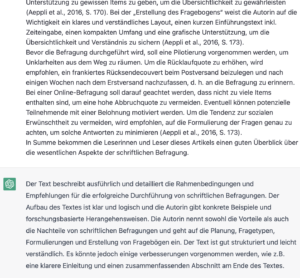
Anders prüfen
Erprobe andere Prüfungsformate. Wie?
Es stimmt, Lehrende können nicht davon aussehen, dass Aufsätze, die zuhause geschrieben wurden, wirklich vom Gehirn des Schülers/der Schülerin stammen. Aber haben wir das je können? Manchmal erledigen Verwandte oder Freunde (mit guten Absichten) Aufgaben für ihre Schützlinge (oder helfen mit).
Eine verlässliche Möglichkeit herauszufinden, ob die Kompetenz erworben wurde, ist schlicht und einfach in der Unterrichtsstunde mündlich zu fragen. Bei live Präsentationen oder Referate ist es einfach zu erkennen, ob der Schüler/die Schülerin das Thema beherrscht oder nicht. Aber bei großen Klassen mag es für viele Lehrende sehr zeitintensiv werden, einzelne qualitativ abzufragen. Hier könnte man in kleinen Gruppen präsentieren lassen, was übrigens introvertierte Menschen entgegenkommt. Auch mag Peer-Feedback gut einsetzbar sein, besonders wenn die Bewertungskriterien klar und transparent vermittelt wurden. Besonders in Fremdsprachenklassen kann es sehr gewinnbringend sein, wenn Schüler:innen lernen, Feedback zu geben.

Andere Alternativen zu schriftlichen Hausarbeiten sind andere Lernprodukte wie E-Portfolios, Erklärvideos, E-Bücher, Präsentationen oder Visualisierungen, Lerntagebücher oder die Erstellung von eigenen Quizzes. In diesen Fällen sind die Ergebnisse personalisiert und machen das Denken der Schüler:innen sichtbar.
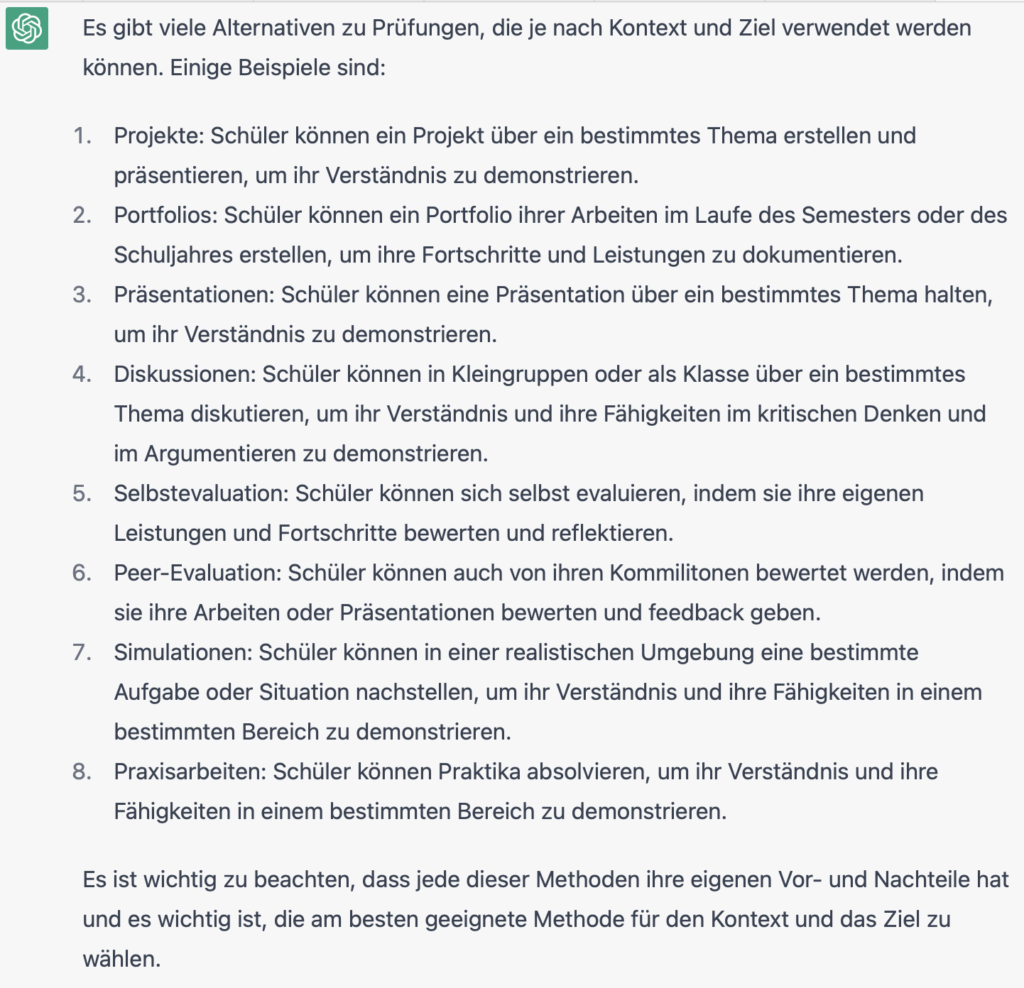
In Summe
Es wird uns Zeit und Energie kosten, neue KI-Tools kennenzulernen und sie in unsere pädagogische Arbeit zu integrieren. ChatGPT hat unheimliches Potenzial, eine wertvolle Ressource für die Schule zu sein. Um das Potenzial von ChatGPT im Unterricht voll auszuschöpfen, bleibt uns im Sinne des lebenslangen Lernens nichts anderes übrig, als uns weiterzubilden und die Möglichkeiten von ChatGPT im Unterricht zu verstehen und zu nutzen.
Blogtext erstellt mithilfe von:
ChatGPT
DeepL
DeepL Write
LanguageTool
Bild bei DALL-E (a-Van-gogh-style-painting-of-a-robot-learning-about-code)

